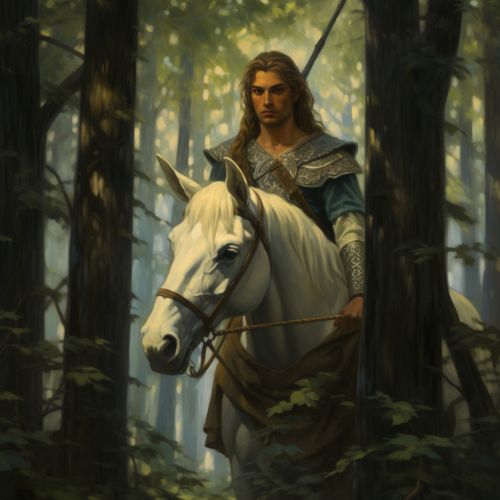Centaurs
Origins and Mythology
Centaurs, or Kentauroi in ancient Greek, are mythological creatures with the upper body of a human and the lower body of a horse. They are believed to have originated in the myths and legends of ancient Greece, where they were often depicted as wild, lustful, and indulgent in wine and revelry, embodying the untamed forces of nature. The most famous centaur in Greek mythology is probably Chiron, who was known for his wisdom and healing abilities.


Physical Characteristics
Centaurs are typically depicted with the torso and head of a human joined at the waist to the body of a horse. This gives them six limbs, a unique feature among mythological creatures. The human part of the body can vary in age and gender, while the equine part can be likened to different breeds of horses, ranging from heavy draft horses to lighter breeds.
Centaurs in Greek Mythology
In Greek mythology, centaurs are often portrayed as followers of Dionysus, the god of wine, parties, and chaos. They are known for their drunken and wild behavior, often leading to violence and destruction. However, not all centaurs were portrayed negatively. Chiron, a centaur known for his wisdom and knowledge of medicine, was tutor to many Greek heroes, including Hercules, Achilles, and Jason.
Centaurs in Roman Mythology
In Roman mythology, centaurs are largely similar to their Greek counterparts. They are associated with untamed nature and are often depicted in battle with wild beasts or humans. The Romans also adopted the character of Chiron, who was associated with the healing arts and was said to be the tutor of Asclepius, the god of medicine.
Centaurs in Modern Popular Culture
In modern times, centaurs have been featured in a variety of media, including literature, film, and video games. They often retain their mythological roots, but are sometimes portrayed in a more sympathetic light. For example, in the Harry Potter series, centaurs are depicted as wise and noble creatures with a deep connection to nature and the stars.
